Core
Core
Core in Packaging
The term core in packaging refers to the central part of a roll of material, such as paper, film, or fabric. This core is usually made of cardboard or plastic and serves as the foundation around which the material is wound.
Why is the Core Important?
The core plays a crucial role in maintaining the shape and integrity of the roll. Without a sturdy core, the material could collapse or become misshapen, making it difficult to use. The core also allows for easy handling and storage of the rolled material.
Types of Cores
There are different types of cores used in packaging, including cardboard cores and plastic cores. Cardboard cores are more common and are often used for lighter materials. Plastic cores, on the other hand, are more durable and are used for heavier materials or in environments where moisture is a concern.
Core Sizes
Cores come in various sizes to accommodate different types of materials and applications. The diameter of the core can vary, with common sizes being 1 inch, 3 inches, and 6 inches. The length of the core also varies depending on the width of the material being wound.
Applications of Cores
Cores are used in many industries, including printing, textiles, and packaging. In the printing industry, cores are essential for winding rolls of paper or film. In textiles, cores are used for winding fabrics and threads. In packaging, cores help in the storage and transportation of various materials.
Blog Posts with the term: Core
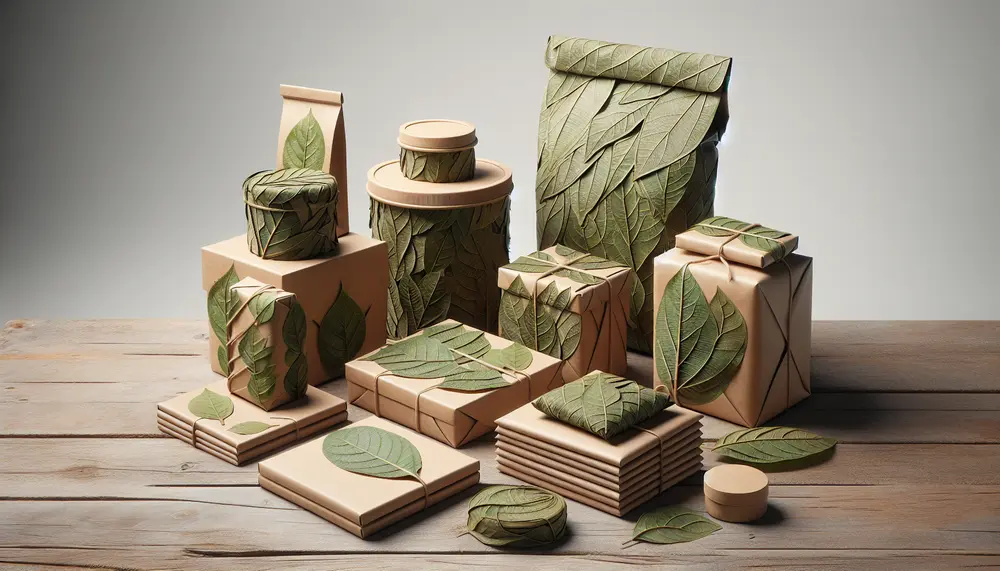
Leaf-based packaging materials are ancient practices re-emerging for modern sustainability, utilizing plant leaves as biodegradable and renewable solutions with minimal environmental impact. They reduce carbon emissions compared to plastic production, decompose rapidly without toxic residues, and align with circular economy...
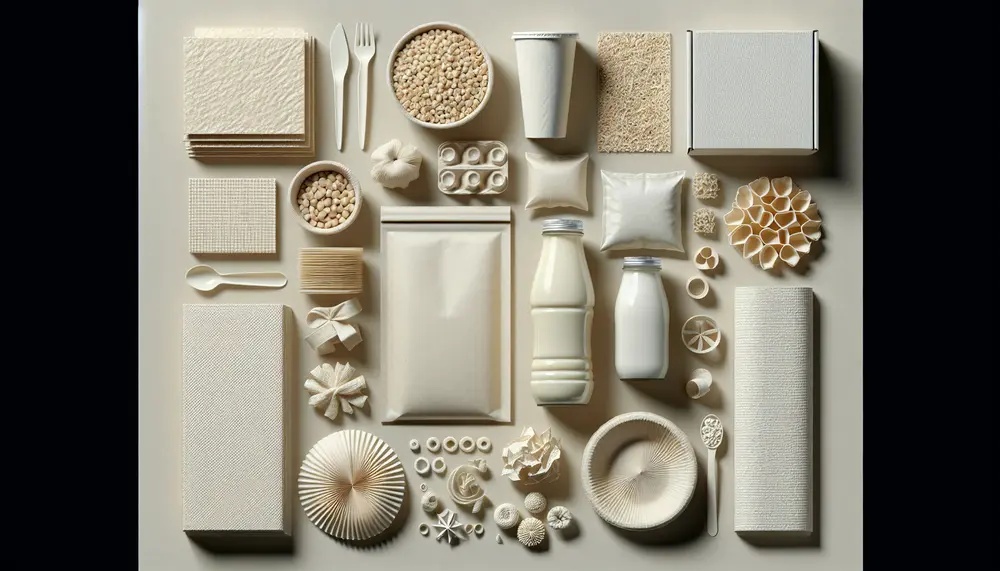
Cornstarch is a biodegradable, eco-friendly alternative to traditional packaging materials, offering similar functionalities with less environmental impact. It's used in various industries for products like containers and bags, reduces reliance on fossil fuels, and supports climate change efforts by emitting...
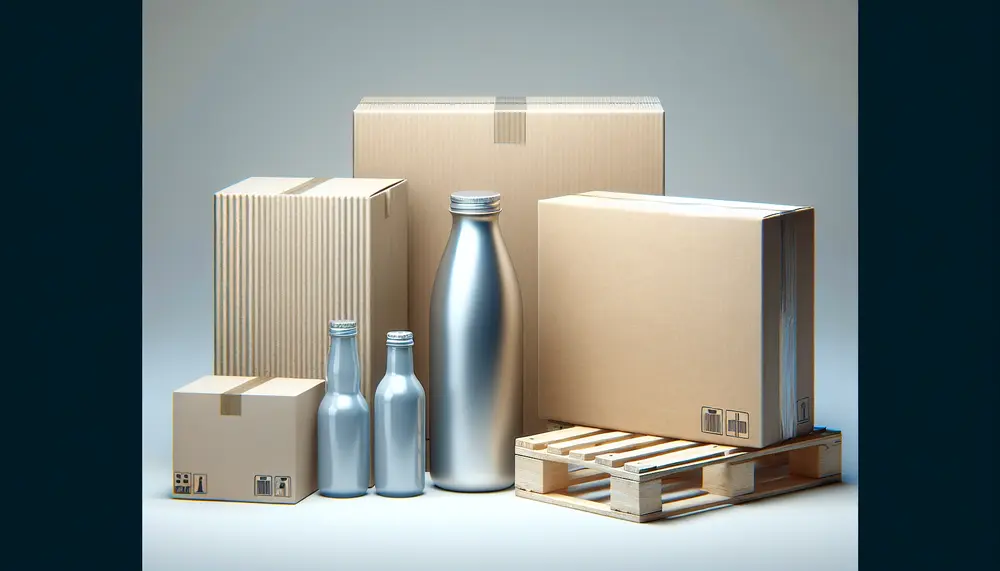
Packaging levels refer to the layers of packaging used from production to consumer, including primary (direct product contact), secondary (grouping and branding), and tertiary (bulk handling). Each level serves distinct purposes in protection, marketing, transportation, and regulatory compliance....
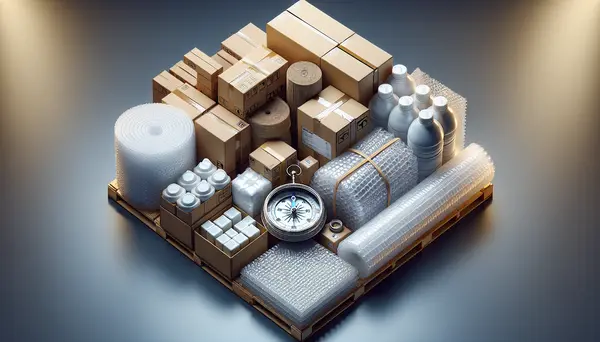
Packaging regulations are crucial for businesses involved in the manufacture, distribution or sale of packaged goods. They protect consumers and support fair competition by governing every aspect of packaging from design to label information. Compliance with these rules is essential...
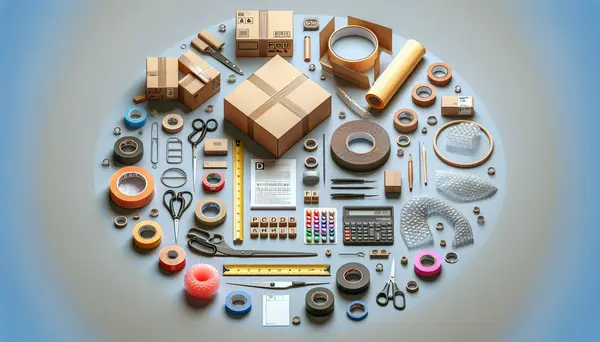
Packaging design is a process of creating exterior product protection and communication tool that encapsulate a brand's identity, conveys essential information about the product, and influences consumer purchasing decisions. Designers should prioritize clarity and simplicity, emphasize originality, ensure functionality, design...

The Kenyan packaging market is valued at around $585 million, driven by sectors like agriculture and manufacturing which contribute to the GDP; growth in consumer demand has led to innovations such as small affordable packages and a shift towards sustainable...
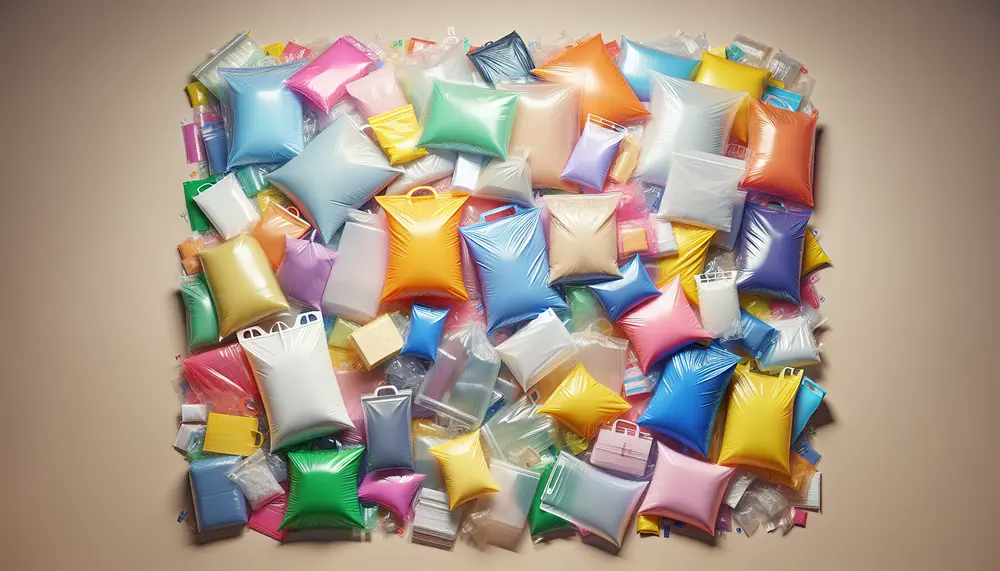
LDPE bags are versatile and durable packaging solutions made from Low-Density Polyethylene, suitable for a wide range of applications including food packaging, medical supplies, retail merchandise, industrial parts, and agricultural products. They offer benefits such as cost efficiency, protective qualities...
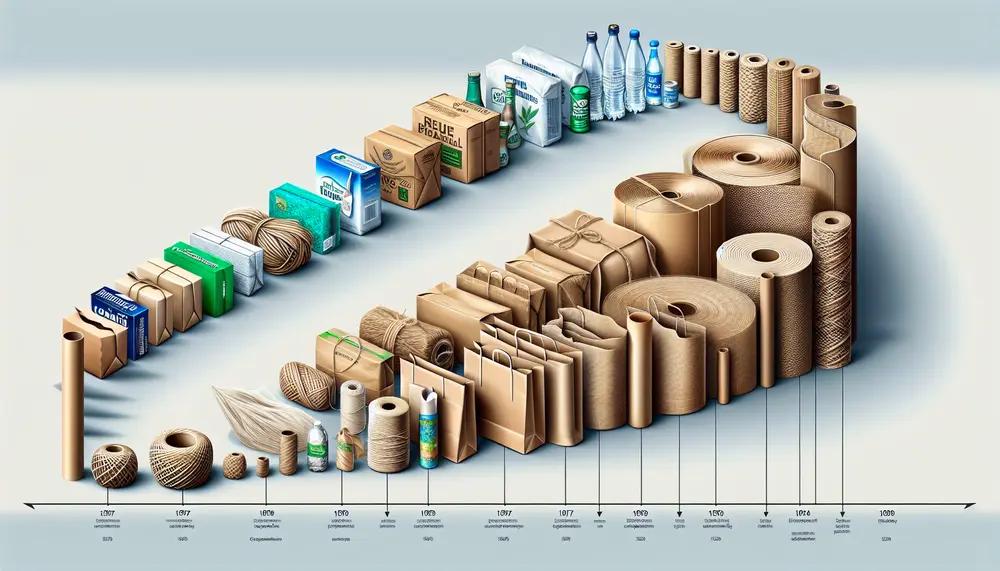
Packaging is a complex, engineered process for product protection, presentation, and preservation with functions including containment and information. It has evolved to incorporate user experience, environmental considerations, and technological advancements. Historically packaging materials have advanced from natural resources to modern lightweight...

The packaging HS code is a ten-digit number essential for international trade, determining tariffs and ensuring compliance with regulations. It's part of the Harmonized System used globally by customs to classify products, where the first six digits are universal and...
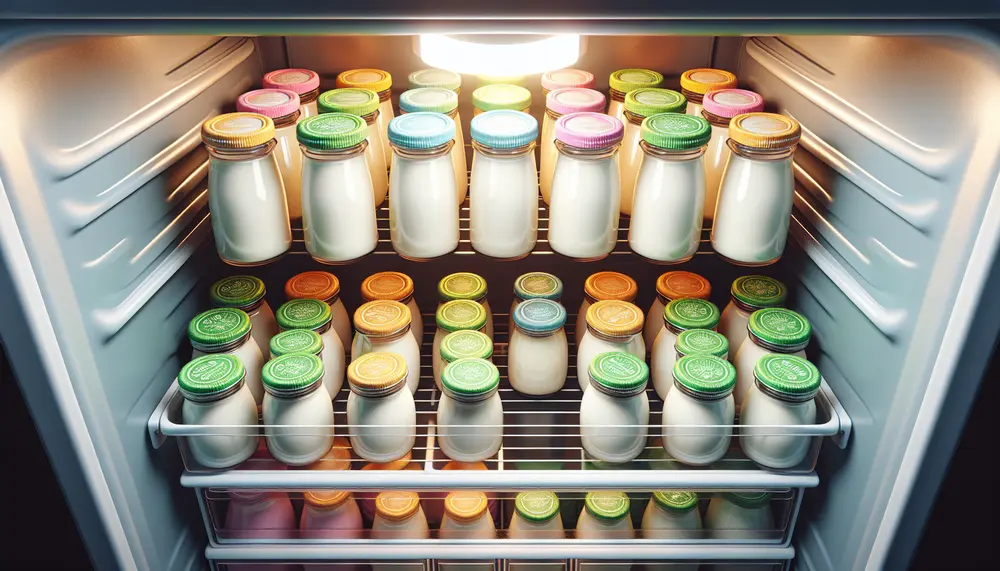
Yogurt packaging is essential for maintaining freshness, quality, and safety; it requires an effective barrier against oxygen and light, strength during transportation, regulatory compliance for food contact, and advanced sealing technology. Innovations in the market include smart features like freshness...

Packaging in marketing is a multifaceted tool that influences brand perception and market success, serving not only to protect products but also as a silent salesman through design elements that convey brand values. It enhances visibility, appeal, protection, communication of...

Glass packaging is valued for its durability, inertness, and transparency, ideal for storing various products while being 100% recyclable. Different types of glass like borosilicate and soda-lime are used in packaging due to their unique properties such as thermal resistance...
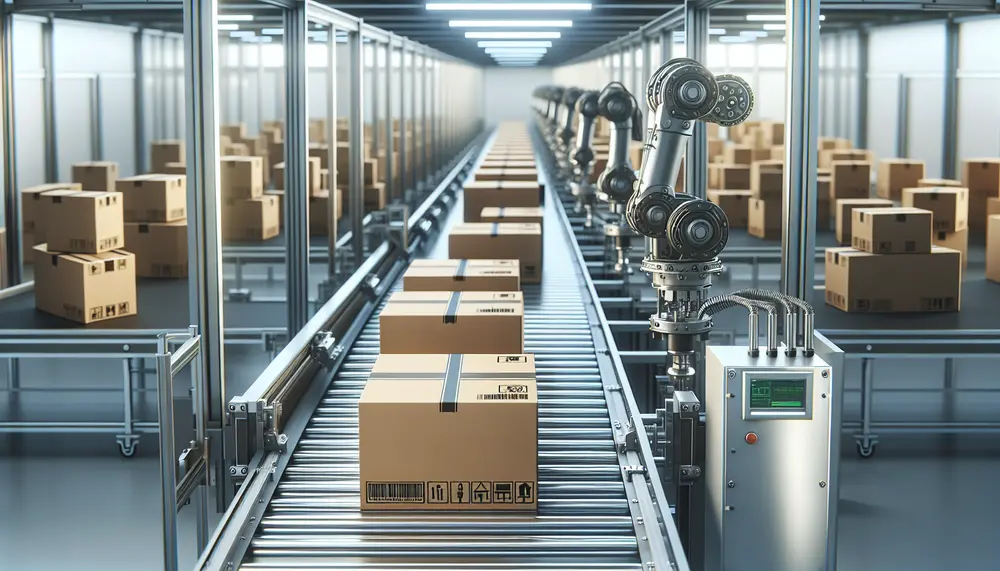
The packaging industry's value chain encompasses material procurement, design and development, manufacturing, distribution, marketing, sales, and after-sales service. Challenges such as environmental regulations, consumer demands for sustainability, cost volatility, technological advances, globalization issues, and supply chain complexity necessitate strategic planning...

Flexible and soft packaging materials are cost-effective, protective solutions that bend to fit contents; they combine substrates like plastics for barrier protection and branding. The industry is shifting towards these lightweight, customizable options due to consumer convenience, sustainability benefits, and...

Remote packaging jobs offer flexible, home-based opportunities driven by e-commerce growth, requiring minimal qualifications and catering to diverse skill levels. These roles provide cost savings, autonomy, and steady demand but may involve challenges like repetitive tasks or managing distractions at...
